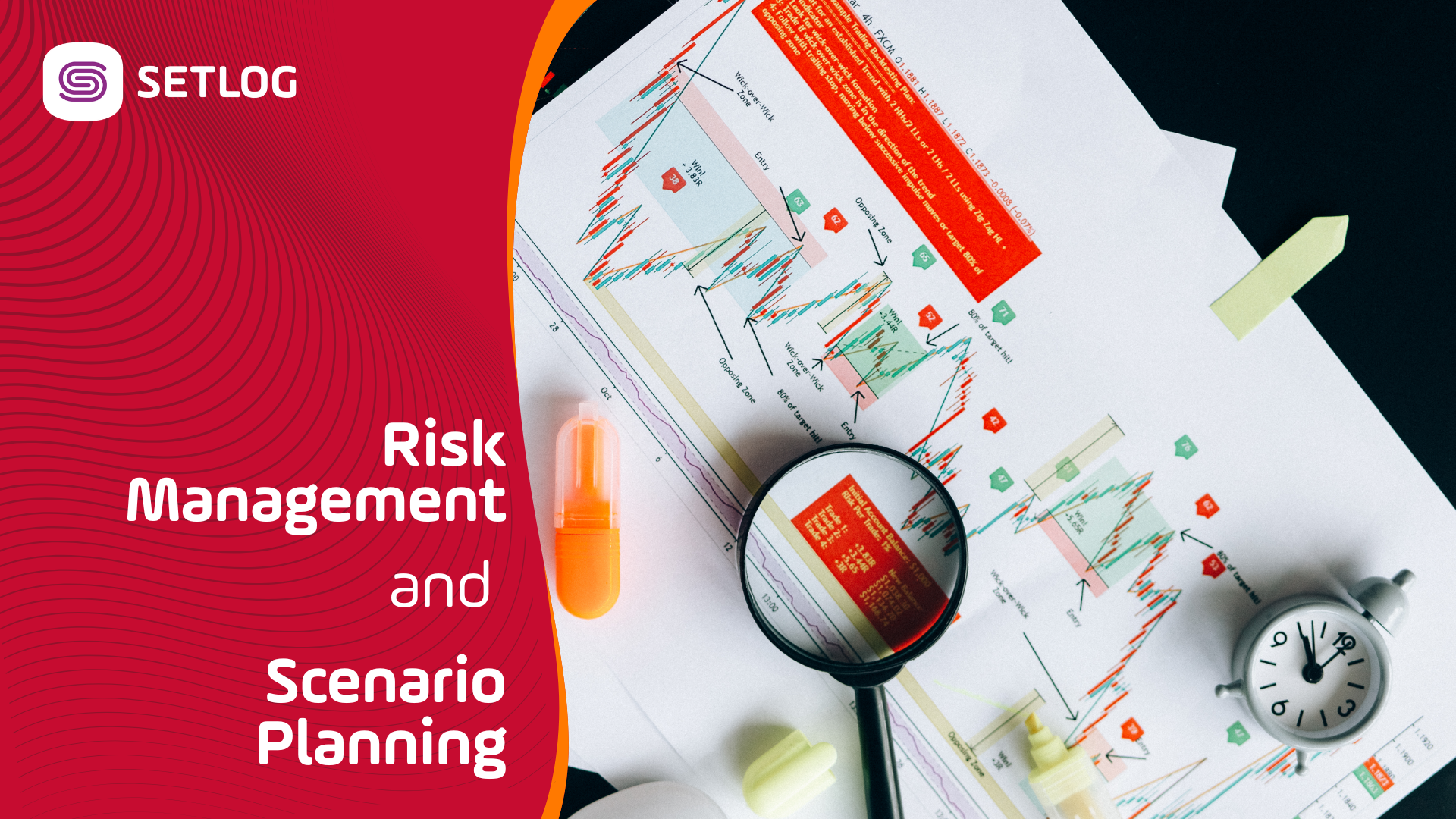How can companies keep their supply chains stable when decisions are often made only once a crisis hits? This article shows how to systematically identify risks and use scenario planning to turn uncertainty into clear action.
Risk Management Across the Supply Chain: Strategic, Not Reactive
For mid-sized companies, identifying and assessing risks throughout the supply chain is essential to maintaining operational control, especially in today’s globally interconnected markets. The goal is not just to spot obvious issues like supplier disruptions or transport delays, but also to uncover structural vulnerabilities such as poor data availability or limited responsiveness.
Effective risk management starts with a thorough analysis: What internal risks exist (e.g., related to processes, IT, or staffing), and what external risks may arise (e.g., market shifts, political events, or environmental disruptions)? These risks are then assessed based on their likelihood and potential impact, ideally visualized through risk matrices or heatmaps. These tools help build clarity and enable teams to set priorities.
Scenario Planning: Simulating the Future Before It Happens
Scenario planning adds a critical forward-looking dimension to risk management. By modeling hypothetical events such as a supplier failure, geopolitical conflict, or a sudden drop in demand, companies can better anticipate how disruptions would affect their supply chain and prepare appropriate responses.
Many medium-sized companies lack the resources for highly complex modeling. Still, even simple approaches like combining worst-case, best-case, and most likely scenarios, can provide powerful decision-making guidance. Digital tools can support these efforts by running faster, data-driven simulations without requiring a large IT footprint.
Strategies for Greater Resilience: From Planning to Action
In supply chain management, risks should never be viewed in isolation – their ripple effects matter. A raw material shortage at a Tier 2 supplier can be just as critical as a port strike, especially if not identified and assessed in time. To manage such risks effectively, companies should implement a combination of targeted resilience strategies:
- Diversify suppliers to reduce dependency
- Strengthen visibility with smart tools offering real-time insights into shipments, documents, and exceptions
- Build safety stock for critical materials without overcommitting capital
- Establish crisis response plans with clearly defined responsibilities to enable swift action
- Combine internal and external data sources into early warning systems. For example, to track geopolitical developments or weather-related risks
It’s not about doing everything at once. What matters is setting the right priorities based on your individual risk landscape. This step-by-step approach builds a supply chain that’s both flexible and resilient.
Conclusion: Systematically Identify Risks
Global supply chains will remain vulnerable, what matters is how companies respond. With structured risk management and forward-thinking scenario planning, uncertainty becomes an opportunity for strategic advantage. Mid-sized companies that act now can position themselves for long-term resilience and competitiveness.
OSCA: Your shortcut to success
No more email and spreadsheet chaos!
Our online supply chain accelerator, OSCA, gives you complete transparency across your supply chain. Stop getting tangled in endless email threads and Excel sheets. Switch to digital supply chain management with all your data and supply chain partners managed centrally in one easy-to-use platform.

